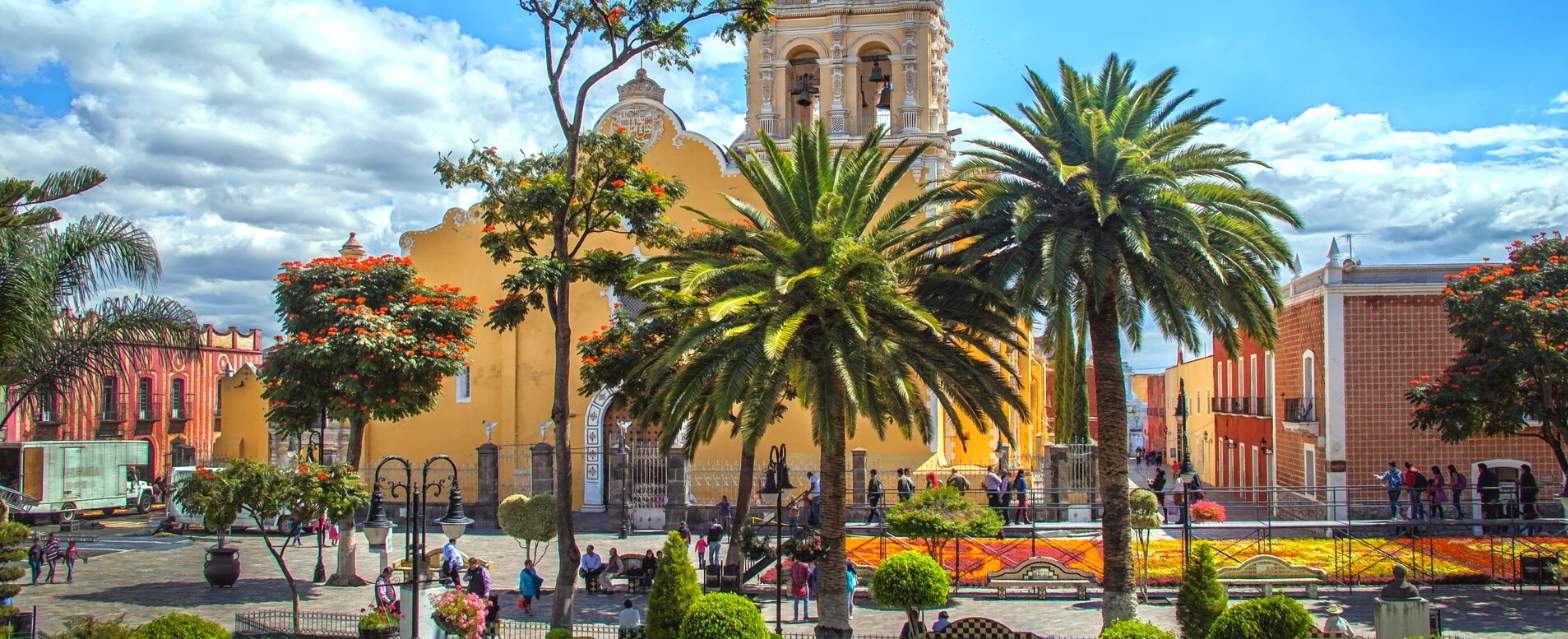One of your biggest concerns, when you’re moving to Mexico, might be your limited amount of Spanish.
But I’m telling you… don’t let it stop you from trying to learn.
Don’t let the lack of knowing Spanish stop you from enjoying a more stress-free and affordable life in Mexico! There are places where you can live in Mexico and do just fine with very limited (or no) Spanish. Please don’t take this the wrong way either; I am NOT suggesting you move to Mexico and not challenge yourself to improve your Spanish.

However, some areas of Mexico have a higher concentration of ex-pats who speak English. In these areas, more Mexicans speak English so it is easier to start out, at least initially, in an area with plenty of ex-pats because it will make your transition to life in Mexico easier. In the ex-pat communities, you’ll find that some restaurant menus are in Spanish and English, people at the bank speak English, doctors speak English and even signs at the grocery store are in Spanish and English. In ex-pat communities, there will always be someone close by who is bi-lingual who can help with translations if necessary.
But, even in the ex-pat communities, it is good to learn basic Spanish phrases. You’ll find that the more you are around Spanish speakers, the more Spanish you will learn!
If you move to an area where there are not many tourists or expats, there will be fewer Mexicans who speak English because they have not been exposed to, or had the need to know English. In these areas, you’ll need to learn Spanish faster.. keep reading to learn how!
Getting To Know Your Area
So, you moved to Mexico, and you are getting settled into your very first rental. You are unpacking; you are walking around your town and finding out where the grocery stores are, where the restaurants are, and most importantly, where the closest place is where you can sit down and order an ice-cold beer (or margarita). Right?
There will probably be several places like this and there will be other ex-pats there who you can chat with!
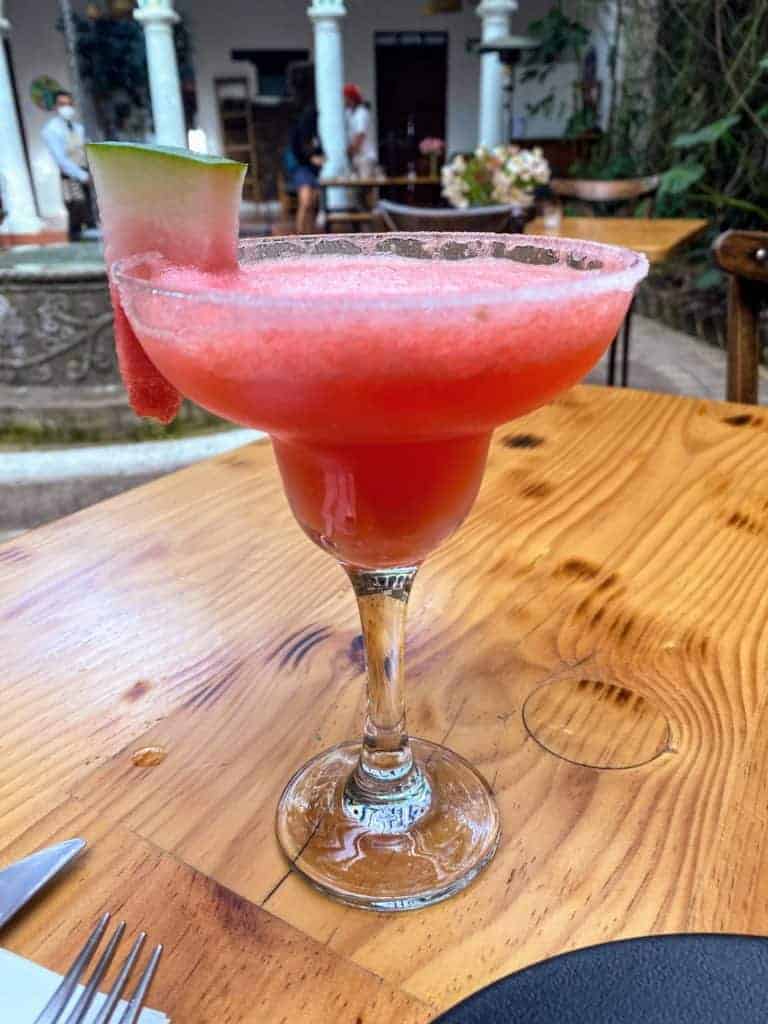
Learning Spanish is high on your priority list, but first things first. Your suitcase needs to be unpacked, and you must buy food to put in the refrigerator so you can cook something this week! When you move to Mexico, where Spanish is the official language, it could present some new challenges – but don’t worry, they are easy to overcome!
With that in mind, these are some basic things you will need to know to communicate and function in Mexico that first month. If Mexicans see you trying to speak even a little Spanish (even if you butcher it) and you have a big smile, they will do everything they can to help you communicate. They sincerely appreciate that you are trying.
The Fast Track To Speaking and Understanding Spanish
To get a head start in Spanish before you arrive in Mexico, I recommend using Busuu. Busuu has one of the most comprehensive teaching platforms that will have you speaking Spanish in 10 minutes a day. And this is the kind of Spanish that will actually be conversational and applicable in Mexico. Making your first month in Mexico easier for you to communicate with those around you. Even if it is not a complete sentence, you will be able to get your point across, and you’ll understand what Spanish speakers are saying to you.
For $8/month you can study with native speakers, and actually learn Spanish on your own time!
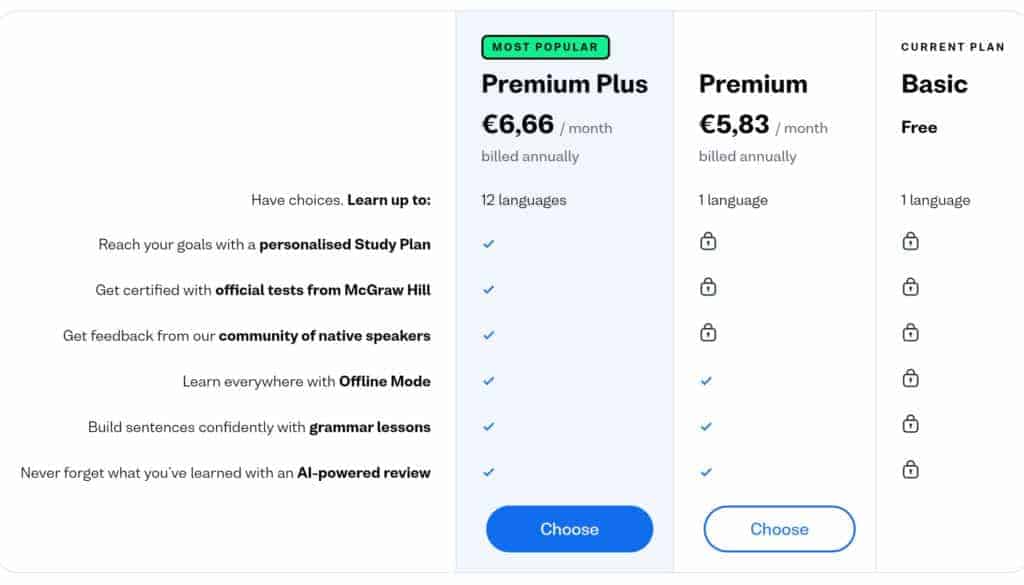
SEE DETAILS ABOUT BUSUU
I love how easy it is to use, and how amazing the community is. The lessons are designed very well and the app is extremely easy to use. Just pick a language you want to learn and let the app guide you the whole way through.
How To Be Polite in Mexico!
Mexicans are some of the friendliest people you’ll ever meet. In Mexican culture, being polite is very important. When you walk into an elevator, you should make eye contact and greet everyone on the elevator by saying “Hola” or “Buenas” to everyone. The same applies when you walk into a doctor’s office or when you get on a bus.
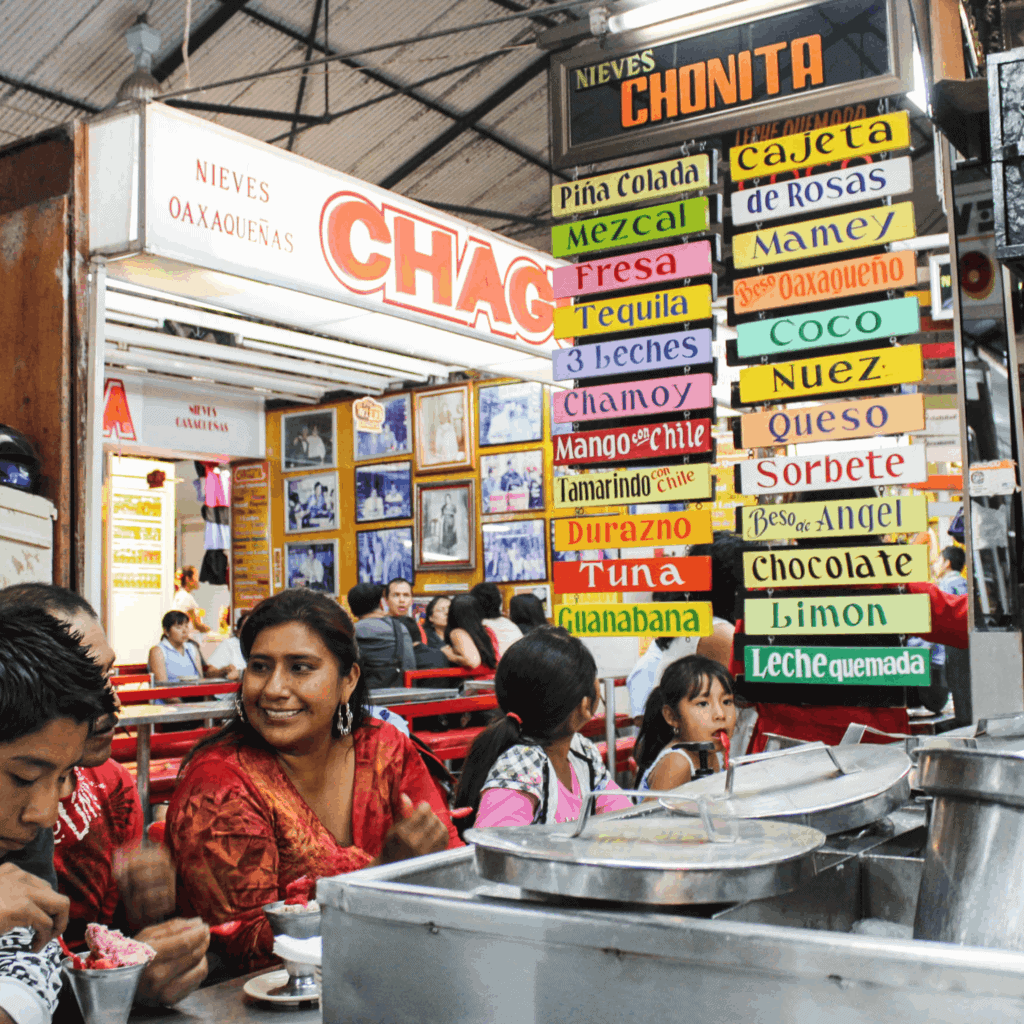
Even when you are walking down the street, it is customary to make eye contact and greet the people you pass on the street. When you sit down at a table in a restaurant, it’s not uncommon to say “provecho” (similar to bon apetite) to the person next to you.
There is a way to say “Good Morning, Good Afternoon and Good Night,” but if you learn the word “Buenas” or “Hola,” it covers the entire day. Buenas is a lot easier to learn in the very beginning. Your brain is absorbing so much in your new home; these charts are to get you started!
Good Morning, Good Afternoon, Good Night — Buenas
Thank you- Gracias
You’re welcome – De Nada
How are you? Como Esta?
Have a good day (or good day) tenga un buen día or just Buen día
Please – (you will use this often) Porfavor!
It’s nice to meet you! mucho gusto!
If someone sneezes, say — salud
Goodbye — adios
Where is the bathroom? ¿dónde está el baño?
RESTAURANT SPANISH
Here is a “cheat sheet of some basic words that you might want to know when going to a restaurant. It will help you read the menu, and also ask for items you might want.
Also, it is important to know that in Mexico, a waiter or a waitress will never give you your check until you ask. That is considered rude in this country.
The employees would never give anyone the impression that you are no longer welcome because you are done through with their meal. So whenever you are ready to leave the restaurant, always remember to ask for the check by saying “La Cuenta Por Favor!” If you don’t ask for your check, you may be there forever!
menu — menú
glass of water — vaso de agua
juice — jugo
alcohol — alcohol
I’d like a beer please- quiero una cerveza por favor
beer — cerveza
ice — Hielo (sounds like yellow)
fork — tenedor
spoon — cuchara
knife — cuchillo
The check please — la cuenta por favor
chicken — pollo
fish — pescado
fried — frito
grilled — A la parrilla
soup — sopa
salad — ensalada
salad dressing — aderezo
potatoes — papas
rice — arroz
beans — frijoles
black coffee — café negro
coffee with milk — café con leche
dessert — postre
ice cream — helado
cake — pastel
pie — tarta
cash only — solo efectivo (be sure to determine if the restaurant is cash only before you order)
please — por favor
thank you — gracias
Always Say Please and Thank You
Notice I put Please and Thank you at the end of this chart. It’s important to ALWAYS when you ask for something you say “Please”, and ALWAYS when you receive something say “THANK YOU”! You will never go wrong if you are always polite!
If necessary, you can always use Google Translate on your cell phone (be sure to download it) to help you translate a menu or to ask a question. With Google Translate, you can even speak the words you want to translate and you can take a photo of a Spanish menu to get it translated into English.
Enjoy your new home in Mexico! The key to easing your way into Mexico is to just relax! Smile a lot, learn patience, be polite and realize that life does not have to move a million miles an hour!
If the situation comes up where you find yourself wondering if you should try something new, adapt this phrase as your new mantra, “Porque no?” (Why not?)
Communication
It’s a good idea for you to get a cell phone in Mexico your first week here. If your current phone is unlocked (your cellphone provider can check this for you), you can just switch to a Mexico SIM card and use the same phone. There are several different cell phone companies in Mexico. I prefer Telcel because their service is great throughout Mexico and they seem to have the most antennas. You can sign up for a monthly cell phone plan (no long-term contract) for $20 a month or you can just add minutes/data as needed.
You will absolutely want to get Whatsapp installed (free download) on your phone because that is the primary way people make calls, send texts, and share photos or locations in Mexico. When you buy a phone or a SIM card the person at the store can help you download Whatsapp and set up your phone so everything is in English. With Whatsapp, you’ll be able to make and receive free calls from friends and family back home who also have Whatsapp.
Having a local cell phone number will make it much easier for property managers and immigration contacts to stay in touch with you. Not that in Mexico cell the country code is 52.
Visa Time
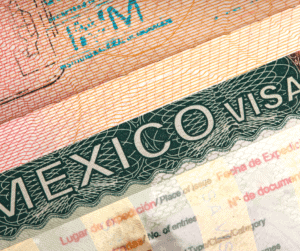
The first week you are in Mexico, you could be processing the second part of your residency visa, or you might be scoping Mexico out to see if Mexico is really for you.
If you decide to get residency in Mexico, you’ll need to consult with a Mexican consulate near you to determine what documents you will need to bring with you to get a Visa. Some documents will need to be apostilled or authenticated in your country. So this will require planning.
There are several immigration offices (INM or Instituto Nacional de Migracion) throughout Mexico which could make it possible to stay in your home after a day at immigration instead of a hotel. Finalizing your Residency after you are settled in your rental will save a lot of money on hotel and eating out expenses.
Buying Groceries

I have to tell you a funny story. I have a friend who moved into a rental house in Ajijic and there were 8 hummingbird feeders. She wanted to fill them up with sugar water to attract those tiny birds to her property. So, she went to the grocery store to buy a big bag of sugar. Easy right?
She looked on the aisle with flour and baking goods. And saw a big bag of white granulated stuff that looked like sugar with a domino on the front of the package. Must be sugar – right?? When she got home, she looked up the word on the bag, SAL, to discover that she had purchased 5 pounds of SALT.
It’s a good thing she didn’t try feeding it to the hummingbirds!
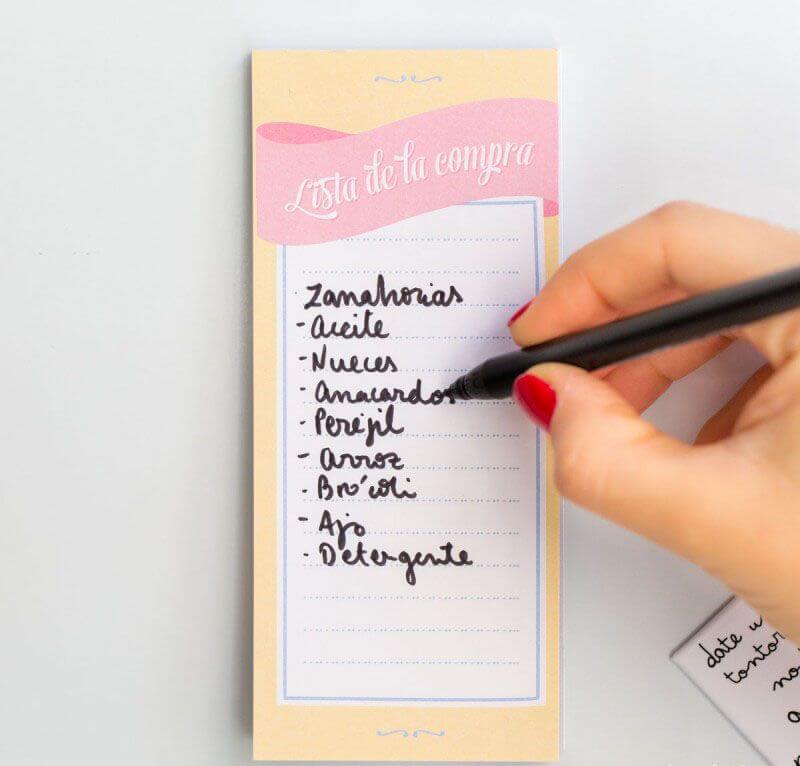
To avoid mistakes like this, it is a good idea to make your grocery list but also look up the Spanish word for every item. This will help you learn the Spanish word for the things you purchase most often. And, if you cannot find an item, you can ask for help finding the item.
At the grocery store, you can’t assume that the items will look the same or be grouped in the same way you are familiar with.
A good example is that sugar is sold in its raw form in Mexico. It’s a light brown color, though it’s not brown sugar. You can also buy processed white sugar.
In some grocery stores, sugar is on the same aisle as raw beans and rice, both staples, but not on the aisle with flour and other baking goods. When you first move to Mexico, it’s a good idea to walk up and down every aisle to get familiar with what’s available and where things are located.
And write down the names of things you don’t recognize, so you can look up their English name on your cellphone or when you get home.
By the way, you will need to take reusable cloth bags to put your groceries in because Mexico banned single-use plastic bags! Grocery stores don’t carry them!
What to Pay?
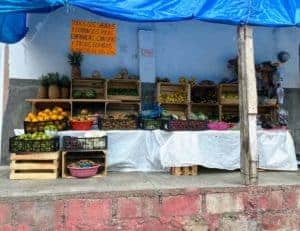
Mexican Pesos is the national currency. The exchange rate is about $20 MXN to $1 USD as of 2021. Note that some restaurants, all farmer’s markets, and street vendors are cash only. If you need cash, there are ATM machines at every bank.
When you make a purchase at a restaurant, they will usually give you a bill or you can see the amount on the cash register which makes it easy to figure out how much to pay. If you buy fruit or vegetables from a street vendor expect them to not carry a lot of change. You should try to always have small bills and coins.
But sometimes, you‘ll be in a situation where there is no written bill or a cash register. For example, if you purchase food at a farmer’s market or fruit/ vegetable stand, there may not be any prices posted. You may need to ask “how much” or “Cuánto cuesta?”
When the salesperson tells you “veinticinco” ($25), you’ll need to figure out what they are saying. The most common Spanish numbers you will need are listed below. Don’t worry; if the salesperson sees a puzzled look on your face, they will usually enter the numbers in their calculator to show you the price or write it out on a piece of paper. It’s a good idea for you to get familiar with the calculator on your phone so you can write down numbers too.
There are several youtube videos to help you learn how to pronounce Spanish numbers.
Here are the most common numbers you will be using while visiting or living in Mexico:
- 1 – uno
- 2 – dos
- 3 – tres
- 4 – cuatro
- 5 – cinco
- 6 – seis
- 7 – siete
- 8 – ocho
- 9 – nueve
- 10 – diez
- 11 – once
- 12 – doce
- 13 – trece
- 14 – catorce
- 15 – quince
- 16 – dieciséis
- 17 – diecisiete
- 18 – dieciocho
- 19 – diecinueve
- 20 – veinte
- 21 – veintiuno
- 22 – veintidós
- 23 – veintitrés
- 24 – veinticuatro
- 25 – veinticinco
- 26 – veintiséis
- 27 – veintisiete
- 28 – veintiocho
- 29 – veintinueve
- 30 – treinta
- 40- cuarenta
- 50- cincuenta
- 60- sesenta
- 70- setenta
- 80- ochenta
- 90- noventa
- 100- cien
- 200- doscientos
To learn more about living in Mexico, make sure you visit my quick guide to living in Mexico for ex-pats (2021 edition). It’s 100% free and full of useful information!






